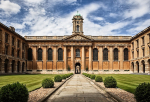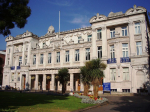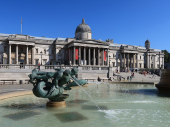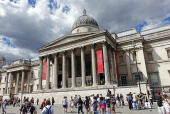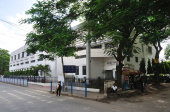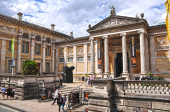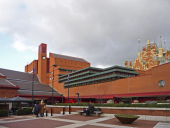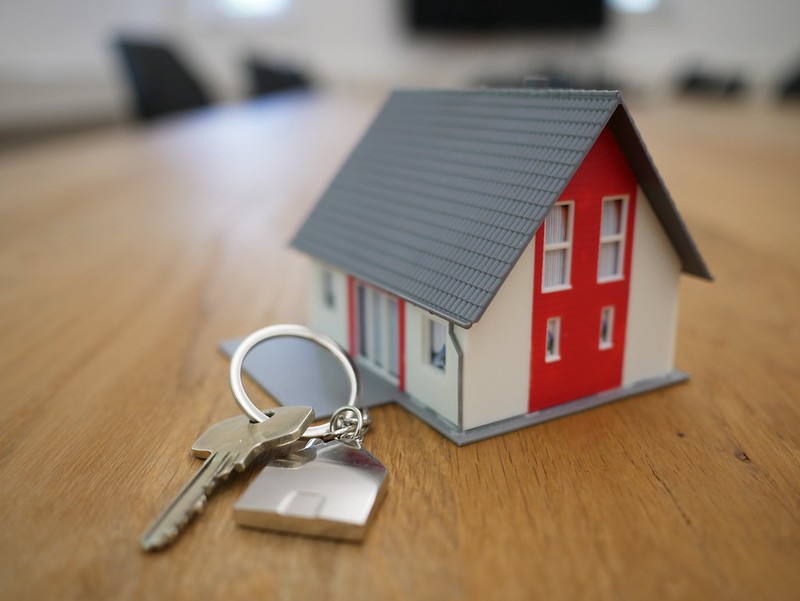
Home sellers in London are accepting offers that are £28,900 below their asking price on average, or a 5.5% reduction, to secure sales as buyers are struggling with higher mortgage rates.
This comes as buyer demand and sales volumes both fell YoY due to the cost of living crisis and stretched affordability. This has led to the average asking-to-achieved price gap widening to its largest point in five years, according to new research by Zoopla. Meanwhile, house price growth in London was at its lowest at 2.5%, compared to the national average of 5.3%. Richard Donnell, Executive Director at Zoopla, explained that although London's housing market has been the under-performer over the last six years in terms of house price growth and numbers of home sales, it is still the highest value housing market by national standards. Higher house prices translate to higher mortgage rates, which impact the buying power of households looking to buy and lead to greater negotiation over asking prices.
In areas such as London and southern England, where buyers are already stretched due to high average property prices, high mortgage rates are having the greatest impact, with minimal price growth. The mini-budget last year saw mortgage rates rise to 6% and rates of between 4% and 5% are becoming increasingly widespread following several years of low, near-zero rates. Even with buying power "starting to recover," according to the Zoopla report, at a mortgage rate of 4%, "the average home buyer has a fifth less buying power than they did a year ago when mortgage rates were 2%."
Inner London recorded the weakest rates of annual price growth across the UK last month, with west-central London showing -1.4% growth that equates to a price drop of £11,100 over the past year. West London saw growth of just 0.6% (an increase of £4,300) while south-west London recorded 1.3% annual growth (a rise of £9,500). The average property prices in these three inner London areas are £755,400, £764,300 and £720,200, respectively, according to Zoopla. Property forecasters continue to predict house price falls of between 3% and 12% across London this year.
However, the London property market is not following the expected script, according to Tom Bill, Head of UK Residential Research at Knight Frank. The sales market was supposed to falter due to higher mortgage rates, and tenants were expected to benefit as supply was pushed higher by more "accidental" landlords. But the price declines that followed the mini-budget appear to be bottoming out in prime areas of the capital, supported by the fact that around half of sales in central London are in cash. In the mainstream market, buyers are recalculating their budgets rather than walking away from sales, which will continue to put downwards pressure on prices. Sellers' price expectations will only be properly put to the test in the spring, and property prices are expected to fall by 5% across London this year.
Outer east London areas such as Barking and Dagenham saw the strongest performances across London for annual house price growth, with a 4.7% increase to £338,300, and Havering, where prices have risen 4% to £425,500. Only Westminster saw a fall of 0.3% to £963,200, although the average price is still £16,500 higher than at the start of the pandemic. Richmond upon Thames has seen the greatest three-year jump in house prices, with the average price of £768,400 still £79,200 higher than before the pandemic.












